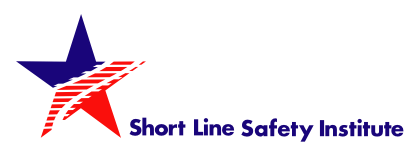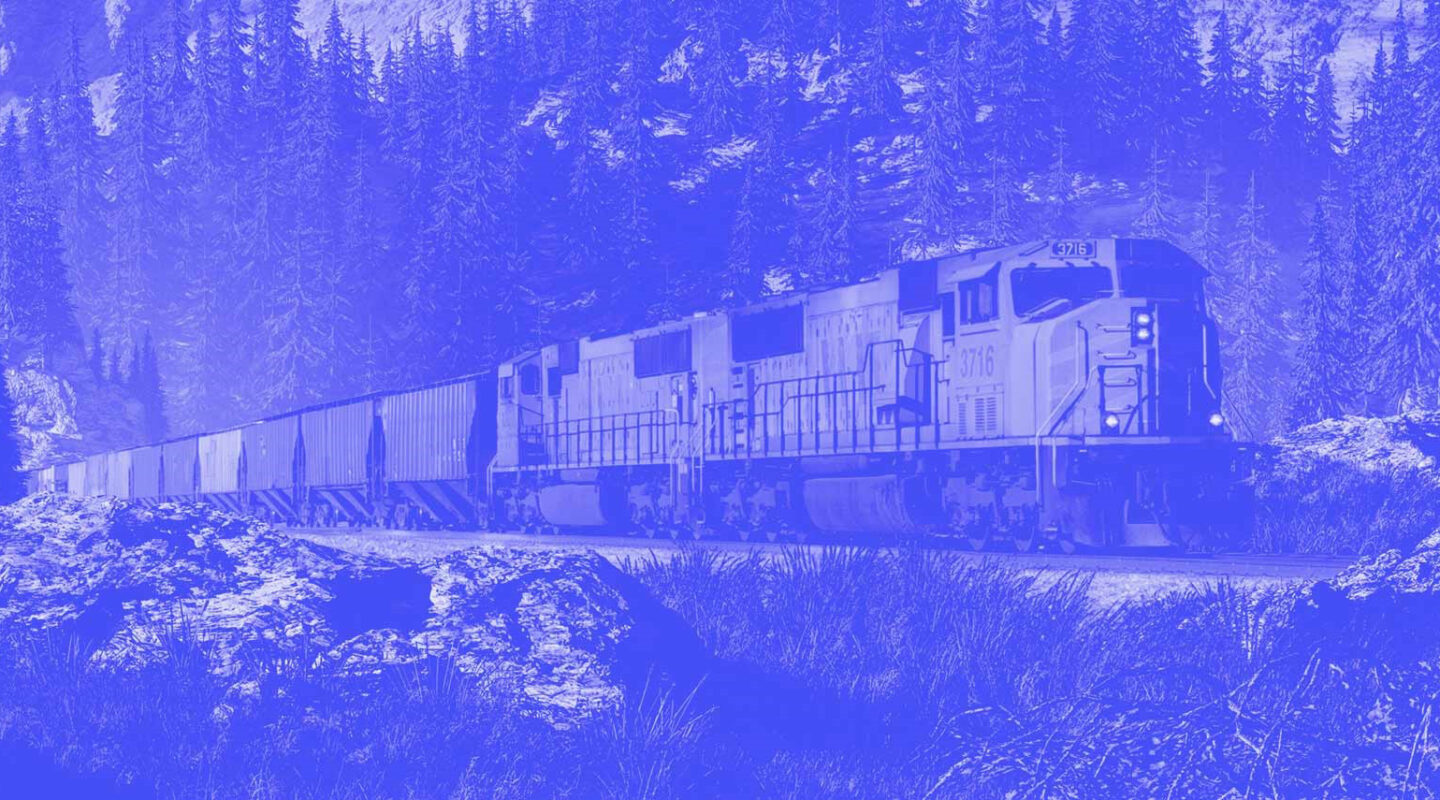It Starts with Culture.
Give your team valuable insight into your safety culture! Ensure industry-leading safety behavior, above and beyond baseline compliance, is practiced on your railroad by scheduling a Safety Culture Assessment (SCA).
The SCA is conducted onsite by a team of Short Line Safety Institute professionals and combines an online employee survey, onsite employee interviews, safety documents reviews and field observations.
At the conclusion of the SCA, railroad management will receive an in-depth evaluation of the safety culture on their railroad, reviewed using the Ten Core Elements of a Strong Safety Culture, as adopted by the Department of Transportation’s Safety Council.
In addition, the Short Line Safety Institute team will provide resources and tools to address areas of opportunity on the railroad.
An Assessment is:
-
-
- Voluntary
- Non-punitive
- Confidential
- Free of charge
-
Results
In a study published by the Federal Railroad Administration’s Office of Research, Development and Technology, participating railroads that had completed a SCA reported making a change or taking multiple actions, based on their SCA, that created or improved the following indicators of a strong safety culture:
-
-
- Safety committee (29 percent)
- Safety action plan (35 percent)
- Job safety briefing protocol (47percent)
- Other safety communications with field employees (53 percent)
-
Railroads described the SCA process as highly valuable, and subsequently took actions to strengthen safety culture based on their SCA Report.
“I was excited to partner with the SLSI because I knew that no matter what the findings were, it would make us better! The Short Line Safety Institute has been an integral part of our success and has given us great direction. To have some of the greatest operating and safety giants of our industry step foot on to your property is a bit intimidating, but because we are committed to being the best that we can be, we were more than willing to learn from the best!”
Ross Grantham, Chief Operating Officer, Pioneer Lines
“I highly recommend the SLSI Safety Culture Assessment to any railroad seeking to gain a more safety-focused work culture. For the IANR, these efforts resulted in a positive attitude toward safety and a reduction in accidents/incidents.”
Mark E. Vaughn, Assistant General Manager, Iowa Northern Railway Company
“The assessors were professional, the opportunities presented were solid and the engagement has helped Anacostia raise our safety standards and enhance our safety culture on our affiliate railroads.”
Thomas A. Leopold, CSP – Chief Safety and Compliance Officer, Anacostia Rail Holdings
Next Steps
The Assessment is the beginning of the journey – take advantage of the Short Line Safety Institute’s 700+ years of railroad safety experience to provide follow up guidance, or technical assistance on a specific challenge.
Technical Assistance
SLSI offers Technical Assistance to railroads that are looking to implement changes with the goal of strengthening their safety culture. Examples of assistance include activities such as designing a Safety Action Plan, engaging in strategies to improve safety communications, and offering assistance in building the structure and functionality of a Safety Committee.
SLSI’s industry experts can provide technical assistance, tailored to meet the needs of the requesting railroad, in person or remotely.
Contact Sam Cotton to discuss how the SLSI team can help you.
Follow-up Assessment
A Follow-up Assessment may be requested by railroads that participated in an initial Safety Culture Assessment, providing the opportunity to re-examine their safety culture. A follow up assessment establishes a new baseline for the railroad, identifies improvements made since the original assessment and identifies new opportunities to continue improving the safety culture on the railroad.
If your railroad has already completed an SCA with SLSI, contact Sam Cotton to schedule a Follow Up Assessment.
Request a
Safety Culture Assessment
Fill in your information below to request an Assessment by our team of experts.
Safety Culture Assessment Request Form
Four Key Railroad Best Practices
Top management visibly supports safety
Training is continuous
Employees are empowered to act safely
No safety shortcuts are allowed
Top to bottom, all are committed to everyone working safely, and having a workplace that is free from accidents.

